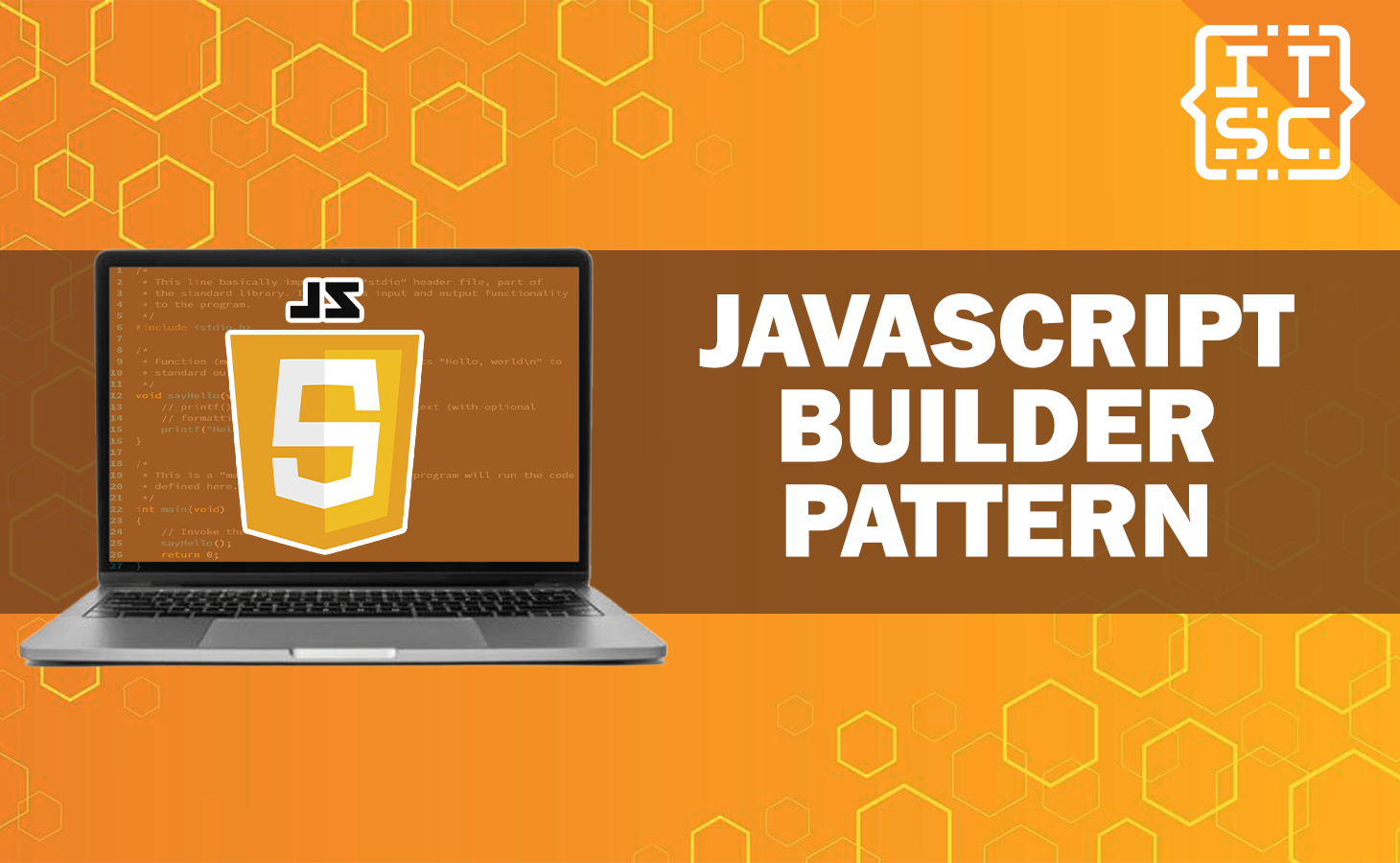One of the methods that has achieved great popularity is the JavaScript Builder Pattern.
In this article, we’ll discuss this powerful pattern, exploring its distinction, use cases, and benefits.
Whether you’re a proficient developer or just starting with JavaScript, understanding the builder pattern can significantly improve your coding prowess.
Understanding the JavaScript Builder Pattern
In development, code program maintainability and readability are outstanding.
The JavaScript Builder Pattern is a design pattern that helps obtain these goals by providing a structured and elegant approach to constructing complex objects.
It promotes the separation of concerns, making your program more organized and easier to maintain and understand.
Building Blocks of the Pattern
To understand the aspect of the builder pattern, you need to familiarize yourself with its core components:
Director
The director arranges the construction process, using a builder to assemble the product step by step. It decouples the client code from the actual building process, to make sure flexibility.
Builder
The builder interface determines a set of methods to create various parts of the product. Concrete builders implement these methods to construct specific differences in the product.
Also read: Mastering JavaScript Bookmark Hacks
Product
The product is the complex object being constructed. It comprises different components, each created by the builder.
Benefits of Using the JavaScript Builder Pattern
Implementing the builder pattern in your JavaScript projects provides multiple advantages:
1. Clean and Readable Code
The builder pattern improves code readability by separating the construction process from the client code.
This results in clean and easily explicit code.
2. Flexibility
Builders enable you to create different variations of a product by using the same construction process. This flexibility is valuable when dealing with complex objects.
3. Encapsulation
The pattern enclosed the construction logic within the builder, shielding the client from the complexities of object creation.
4. Maintainability
As your program grows, maintaining and extending it becomes easier when you apply the builder pattern.
Changes to the construction process can be made within the builder, decreasing the risk of introducing bugs elsewhere.
Implementing the JavaScript Builder Pattern
Now that we have a solid understanding of the builder pattern, let’s see how it can be implemented in JavaScript.
Creating the Director
In your JavaScript code, you can start by creating a director-class responsible for arranging the construction process.
Here’s an example code:
class Director {
construct(builder) {
builder.buildPartA();
builder.buildPartB();
builder.buildPartC();
}
}
Implementing Concrete Builders
Next, you will identify the concrete builder classes that implement the builder interface. Each concrete builder constructs a specific discrepancy of the product.
For example:
class ConcreteBuilder1 {
constructor() {
this.product = new Product();
}
buildPartA() {
this.product.add("Product 1");
}
buildPartB() {
this.product.add("Product 2");
}
buildPartC() {
this.product.add("Product 3");
}
getResult() {
return this.product;
}
}
Constructing the Product
Finally, you can use the director and concrete builders to create the product.
Here’s how you can put it all together:
const directorValue = new Director();
const builderValue = new ConcreteBuilder1();
directorValue.construct(builderValue);
const product = builderValue.getResult();
console.log(product.parts);
By following this method, you can effectively construct complex objects while maintaining a clear separation of concerns.
FAQs
The builder pattern is typically used when you need to create complex objects with several components or configurations. It’s specifically useful for constructing objects with optional properties.
The builder pattern is a design pattern that can be applied in different programming languages, not just JavaScript. Its principles are language-agnostic.
Yes, the builder pattern can be combined with other design patterns like the Singleton or Prototype pattern to address specific project requirements effectively.
Conclusion
In conclusion, the JavaScript Builder Pattern is a powerful tool in a web developer’s toolkit. It offers an exquisite solution for constructing complex objects, improving code maintainability, and enhancing readability.
By implementing this pattern, you can raise your coding skills and deliver more effective and organized JavaScript projects.

